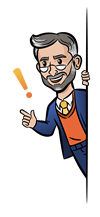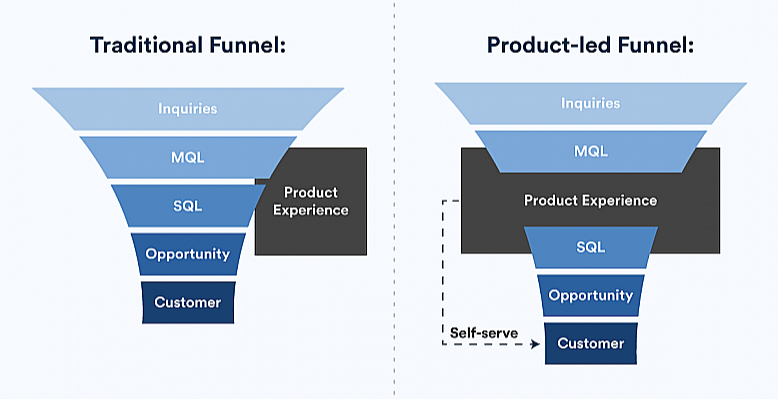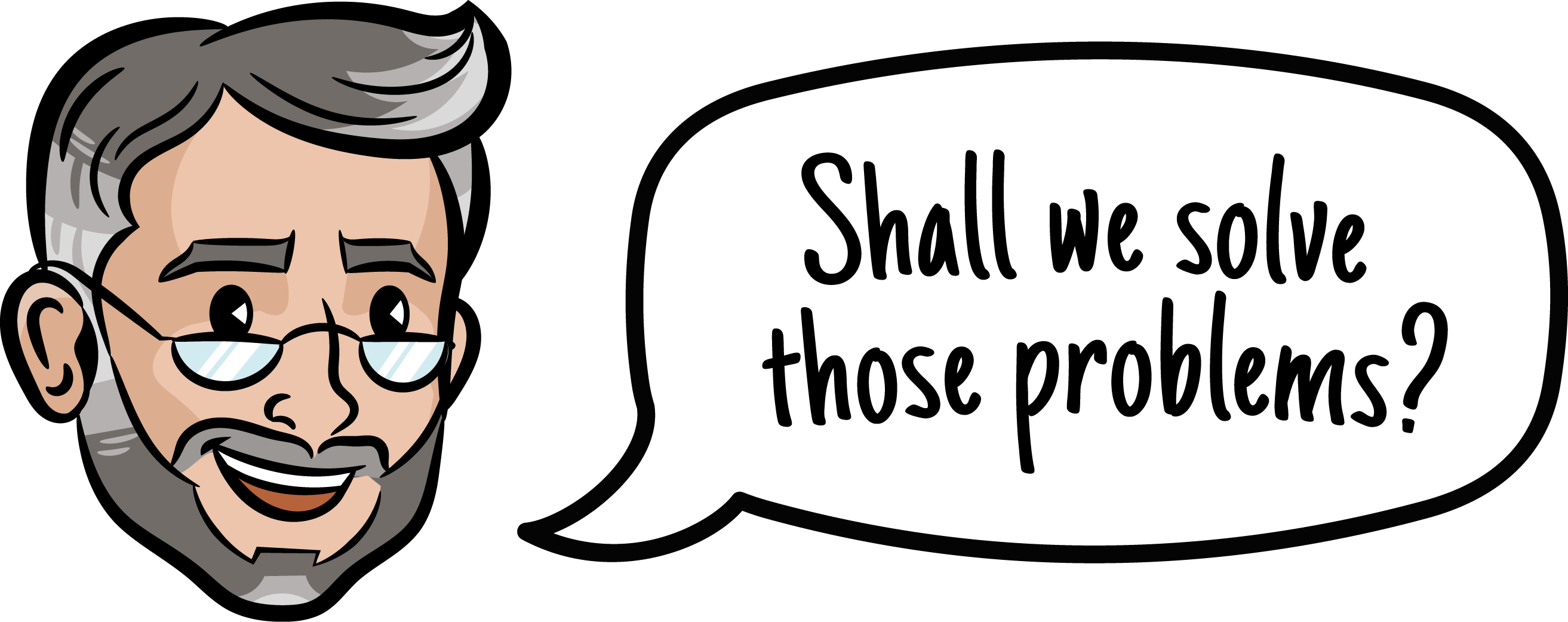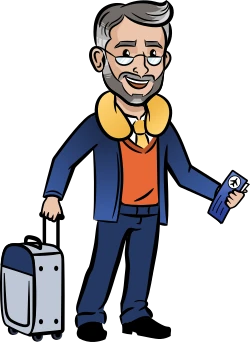
Jackie, every time I open LinkedIn (daily, shame on me) you’ve won another award for your product management work. Today I’d like to discuss PLG, MVP, what it all means…
You’ve recently taken your consulting skills and started packaging up everything you’ve taught in corporate engagements into an online classroom environment, Product X Agile.
We’re excited to hear more about that as well as pick your brain for a broader audience that wants to better understand how the business-to-software development interface works and what’s required to produce a truly delightful product.
We’re also excited to hear your thoughts on the state of the “Agile Method” and “Product-Led Growth” and how businesses of all types can take these concepts to streamline their sales funnel and create more scalable businesses.
What Is a Product Manager?
Q: To kick us off, what is a product manager/product owner?
A: A Product person is someone who creates products that customers love, that work within the constraints of the PM’s business. And it’s one of the most fun and hardest jobs there is!
What Teams Does a Product Owner Work with Directly?
Q: What other teams does a product owner work with directly? How do they interface with the C-suite or ownership within a company? What about sales and marketing teams?
A: A PM works closely with tons of various stakeholders – to ensure they clearly understand the constraints of the stakeholder’s line of business.
The best way to work with each stakeholder is to partner with them, and not simply to take orders from them on what to build next.
The latter style of working is very much an antiquated “IT” mindset, whereas modern Product Management is about solving tough problems, not just executing on a list of requirements.
What Do the Terms “Agile” And “Waterfall” Mean to You?
Q: For those of us that have worked in software or technology for quite a while, we know the term “agile” and the way it’s generally used as the newer, more efficient best practice that has largely replaced “waterfall”…What do those terms mean to you?
A: Agile gets a bad wrap – everyone claims to “be Agile” or that they are “doing Agile,” but what it really comes down to is the ability to deliver value frequently in a stable, scalable way.
Can your team do that? If so, you have mature Agility. If not, reevaluate your processes and your team’s guiding principles in decision-making.
What Skills Do Your “Agilist” Graduates Pick Up?
Q: Your program graduates “Agilists.” What skills have the graduates picked up? How do they view the world differently after your program?
A: After taking our courses, Product Managers and Agilists will walk away with practical ways to apply what they learn to their real-world at work. Some skills they’ll walk away with include:
- New customer discovery techniques
- How to achieve product/market fit
- The ability to crush it in Jira
- Workflow management
- User story writing
- Agile Framework execution strategies
What Does the Term “Productize” Mean?
Q: Taking a step back from agile and product management, we now hear the term “productization” or “let’s productize that.” What does that mean?
A: The way I interpret that is – how do we create something people will pay for with as little human intervention as possible?
We know there’s demand for this type of analytics that a consultant could produce in Excel, for example. We want to create a scalable business, meaning able to grow without adding headcount.
So productizing it would be creating a self-service user interface out of it, so that 1000s of users could pay for that benefit and then receive it without having an expensive 1-to-1 human interaction.

Professor’s Sidenote:
Scalable = Able to Grow Without Adding Headcount
Software companies get a high valuation because of this quality.
Find more definitions in our sales jargon encyclopedia.
Q: So basically, if a company were to productize its offering, what would change about the marketing of it and sales process?
A: So much has to change – for example, if you have a sales force that is walking the buyer through customized demos of your offering, then you’ll need to figure out how someone can understand the product’s value on its own. The product has to stand on its own two legs, so to speak.
Examples: You build onboarding workflows. You have informational modals (pop-ups) within the software. You integrate a support library.
Most importantly, you put in the right analytics tools and culture of acting on the collected results, so that you can work towards as intuitive of an experience as possible over time.
Q: So basically, the product can qualify and sell itself? Would that be considered freemium?
A: Exactly, with some help from consistent marketing and promotion, self-help resources, and possibly a free trial if that makes sense for your product’s buying cycle.
Why Doesn’t Everybody Productize?
Q: If it’s that easy, why doesn’t everybody do it?
A: Oh boy. How much time do we have? Most people want to build something with all the bells and whistles, while negating the fact that the perceived value of those things has little to no bearing on whether or not someone will buy their product.
One step up from that is adding in delightful features so as to differentiate our product from a basic MVP.
Enter the concepts of the Minimum Viable Product or the Minimum Marketable Product – what this means is that we are creating and testing the viability of a product that will meet our target customers’ basic needs.
Q: You mentioned MVP. Who determines viable?
A: Will people pay for it consistently and without manipulation? It’s as simple as that.
Q: Got it. So how do you prove you have viability?
A: Sales in a statistically significant way. Strangers specifically. Friends, family, your vendors, and companies that share an investor with you don’t count.
Q: So we know what MVP is. Does that mean sales should take off?
A: Oh wouldn’t that be lovely! An experienced Product Manager knows how to evaluate the market, the competitive landscape, and their company’s business model in order to make insightful decisions on what problems to solve next.
If they are able to do this successfully, then sales would be a lagging indicator of success.

Professor’s Sidenote:
NOT Minimum Viable Product:
- Clickable prototype
- Does the desired action incorrectly
- Does the desired action but breaks reporting
- Does the desired action but stops other parts of the product from working

What Are the Next Steps?
Q: What are the steps between MVP and delightful? What work has to happen?
A: Discovery, discovery, discovery. A product is only delightful once your customers love it. Luke warm feedback that you “it kind of works” or “it’s functional” is a sign that you have minimum viability only.
In order to create a loved product, you have to do discovery to understand what your customers like, dislike, love, and expect.
We coach our Product teams to use the Kano analysis to measure sentiment when building new features – this discovery technique helps you understand and prioritize functionality that makes the difference between giving customers something that they like and something that they really, really love.
A great test for delightfulness is whether or not your clients organically recommend you. You should also try to understand where each of your clients came from, and if you start seeing that new clients are stating they’re signing up because an existing client told them that your product is awesome, you’re onto something.
If you’re farming your existing clients for intros, that’s not organic growth and means you’re not delightful yet.
What Exactly Is PLG Or “Product-Led-Growth”?
Q: Lately, we’ve been hearing the term “Product-Led Growth” or PLG quite a bit. Is that a new concept or is that just what’s historically been called freemium?
A: Freemium is just a small piece of PLG. The ability to grow through the PLG model means that you are really great at collecting and evaluating data, and optimizing on those insights.
PLG is actually a beautiful marriage of Product Management and Marketing, and had it been around when I was getting into technology (an unspoken number of years ago), I’m sure I would have made this my career focus.

Q: For companies that want to go all-in on freemium or even offload parts of their sales process to their software, any advice on where to start?
A: It’s tricky because this doesn’t work for overly complex products or products that require custom implementation (i.e. a CRM product.) You have to have confidence that your product is so intuitive that people can figure out how to sign up and use it with little to no help.
In a PLG model, it’s critical that Product Managers and Product Marketers work closely, so that developer hour inputs result in outputs of conversions and product usage.
A Big Thank You to Jackie Flake!
For Further Reading: How to Use Hubspot for Startups | What Is This “RevOps” I Keep Hearing About with Mat 0’Connor? | How Certain WordPress Agencies Turn a Content Management System into a Black Box and What to Do About It | How a Broken Sales Funnel Gets Misdiagnosed…A Real World Example | How Does 3D Proofreading Help Startups?


